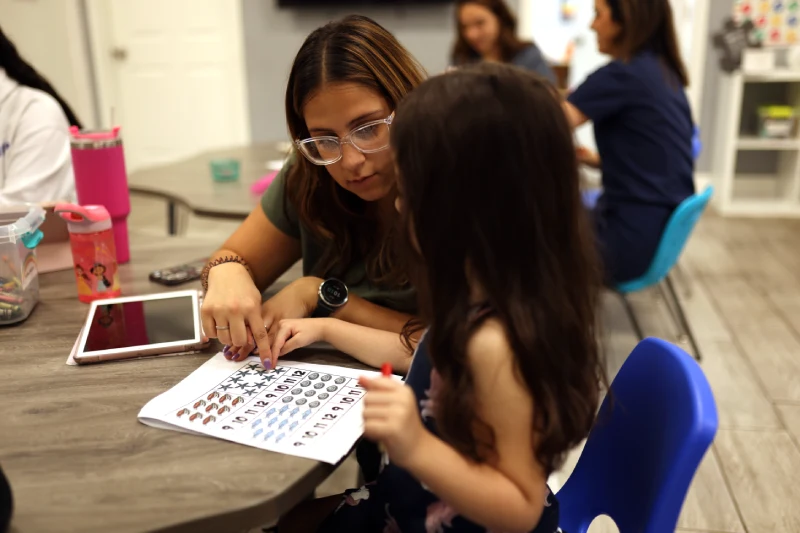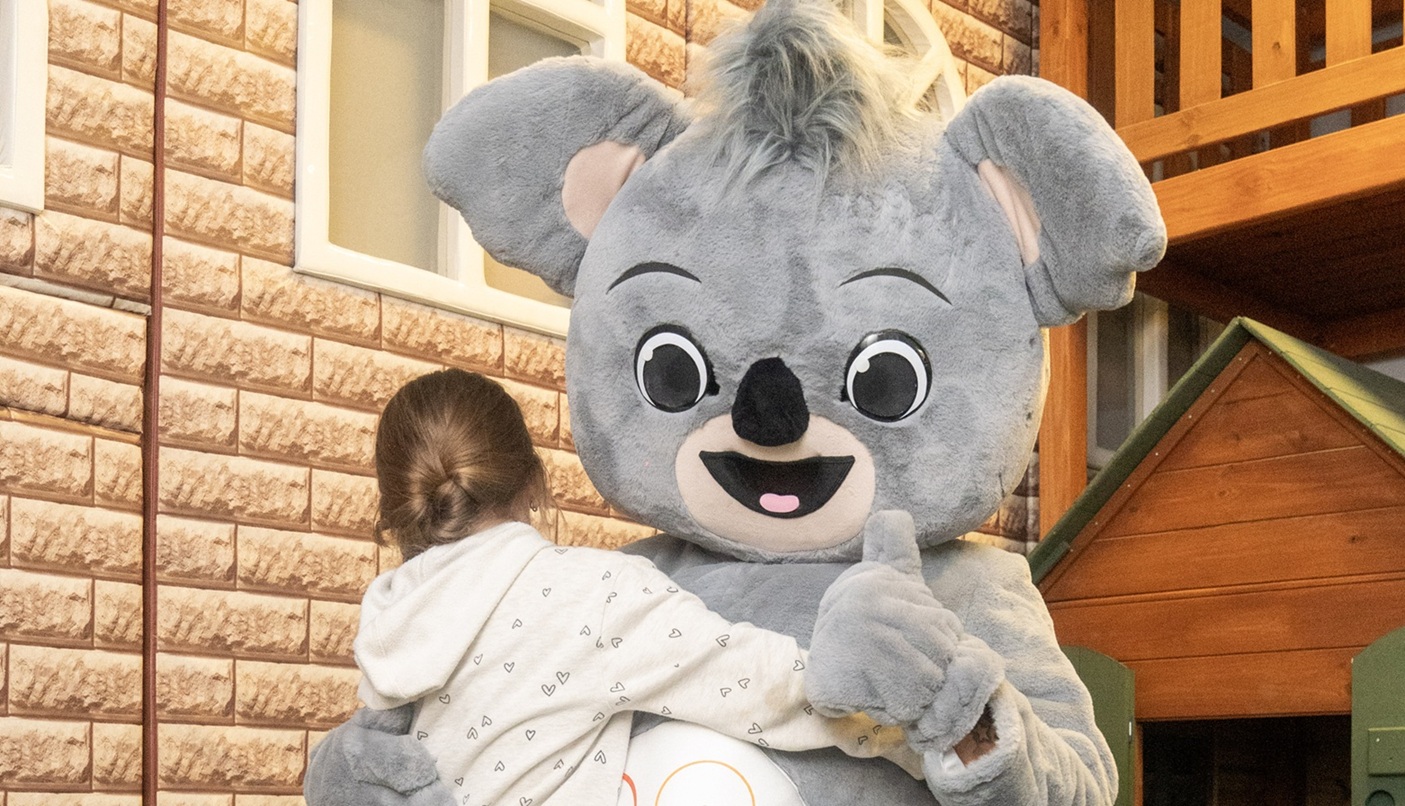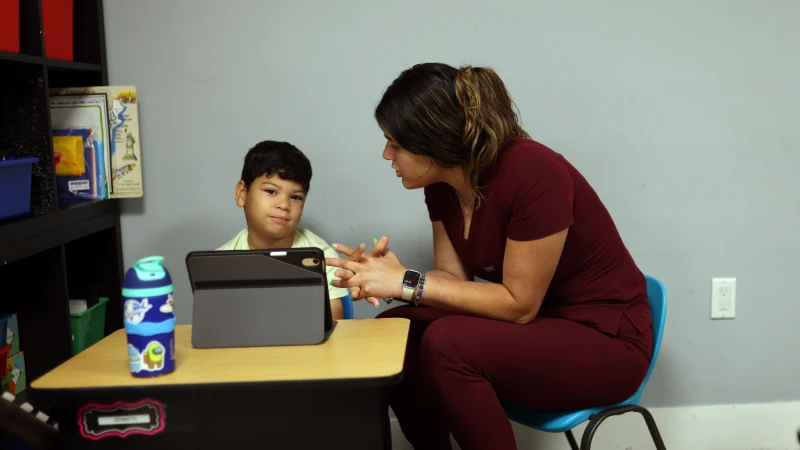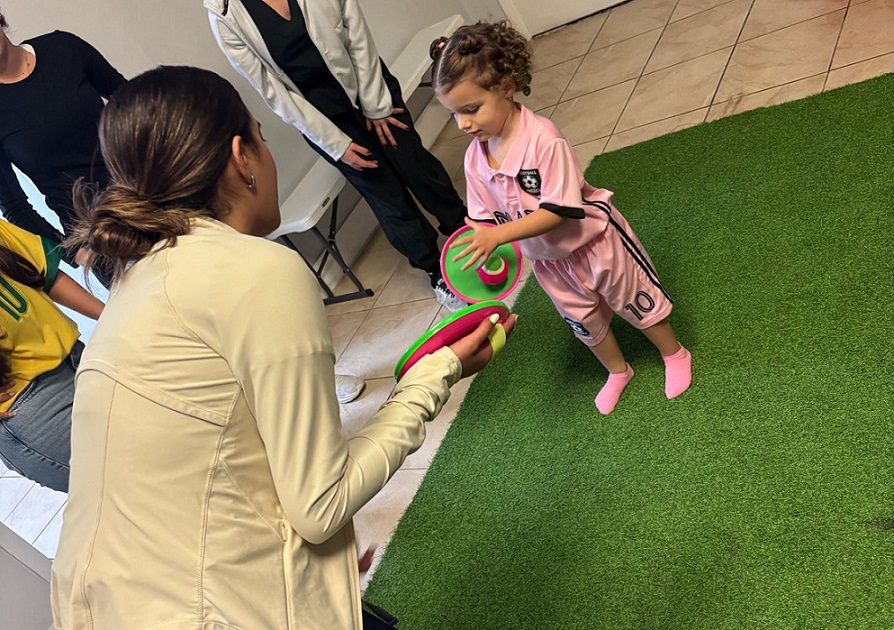Back-to-school season is a wonderful time that marks the beginning of new experiences, learning opportunities, and exciting discoveries for your child. However, for many children with Autism Spectrum Disorder (ASD), this time of year can also be a major source of anxiety due to unfamiliar routines.
That’s why going back-to-school for students with autism—along with all the expectations it brings—requires careful planning by both parents and therapists, always considering the unique needs of each student. In this article, you’ll find practical and effective strategies to help your child navigate this transition successfully.
These 5 tips are designed to make back-to-school for students with autism a truly enriching experience. Are you getting your child’s backpack ready? Keep reading!
Why It’s Essential to Prepare Back-to-School for Students with Autism?
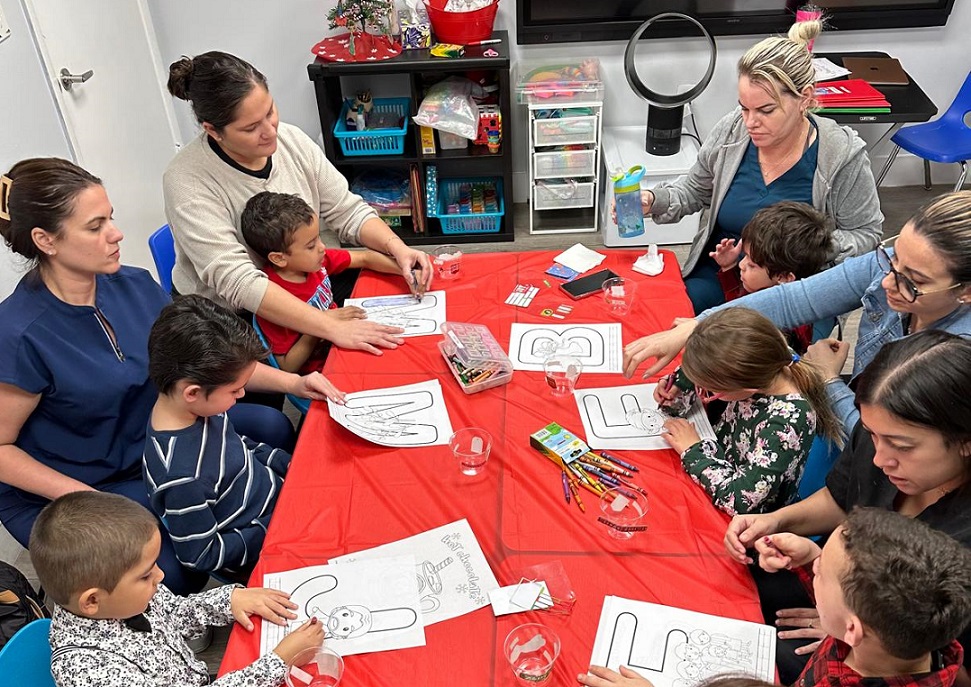
As back-to-school for students with autism begins, everything can feel unpredictable—especially for parents. Children with autism often thrive on repetition and predictable routines, particularly in the mornings. That’s why preparing for new situations in advance can promote confidence and independence when it’s time to head into the classroom.
Taking the time to plan ahead and support your child before school starts can make a world of difference in how they experience the academic year. Beyond school supplies and uniforms, the most important aspect is to emotionally and sensorily prepare your child for the situations they may encounter.
Some of the benefits of anticipating and preparing the school environment appropriately include:
- Reducing anxiety around new or unpredictable situations.
- Supporting a gradual adjustment to new routines.
- Building confidence in both the child and the family.
- Identifying needed accommodations or supports ahead of time.
5 Practical Strategies to Make the Back-to-School Easier and More Comfortable.
Success during back-to-school for students with autism doesn’t happen by chance. A smooth and positive transition is achieved through strategies that provide structure, predictability, and emotional support. Here are five proven approaches you can start using at home.
These recommendations not only support the child—they also empower parents and caregivers to face this important, sometimes challenging, yet deeply rewarding moment with confidence and preparation:
1. Set Up a Consistent Morning Routine Before School Starts.
Children with autism feel safer when they know what to expect throughout the day. A clear and repetitive morning routine is a strong first step in creating a more predictable school experience:
- Set specific times for waking up, getting dressed, eating breakfast, and leaving home.
- Gradually adjust sleep and wake times to align with the school schedule.
- Use a visual calendar or daily chart with drawings or icons to outline each step.
- Narrate each step using calm, clear, and reassuring language.
2. Use Visual Schedules to Encourage Independence.
Visual supports are essential tools for back-to-school for students with autism success. A visual schedule helps them understand the sequence of events during the day without relying solely on verbal instructions, which fosters independence:
- Create a personalized schedule using icons, photos, or drawings.
- Include key school and home activities.
- Place it somewhere visible and easy to access.
- Review it daily with your child to reinforce structure and understanding.
3. Create a Social Story to Prepare for the First Day of School.
Social stories are simple narratives designed to help children prepare for new situations. They work especially well for back-to-school for students with autism, as they clearly explain what will happen and what’s expected in that context:
- Write a short and simple story describing what will happen at school.
- Personalize it by including your child’s name, their school, and their teacher.
- Acknowledge emotions like nervousness or excitement, and validate them.
- Read it multiple times before school starts to reinforce understanding.
4. Visit the School and Meet the Staff Ahead of Time.
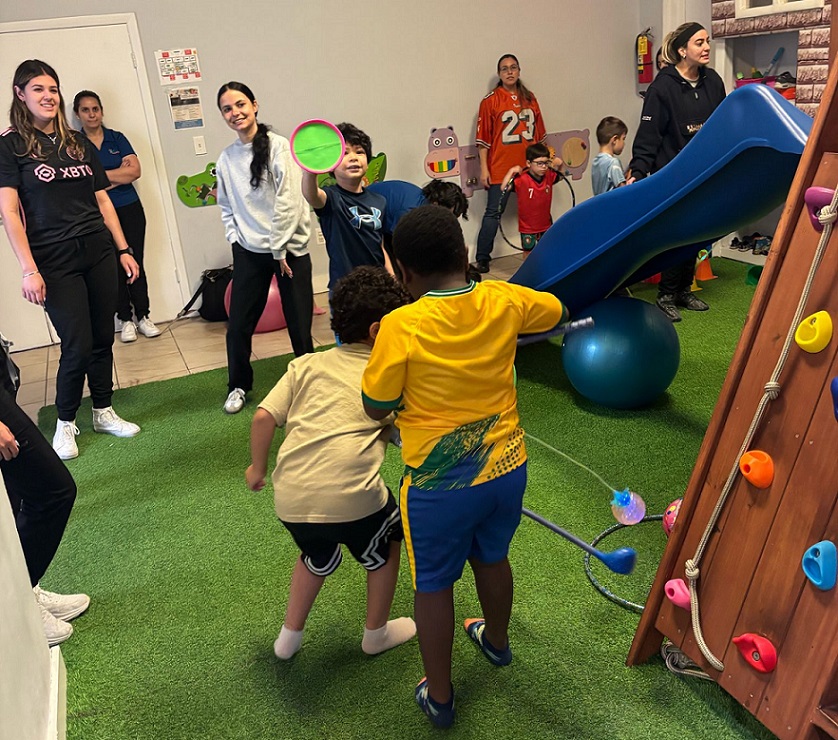
Getting familiar with the school environment in advance can significantly reduce both sensory and social anxiety in back-to-school for students with autism. A pre-visit helps make the space feel familiar, less intimidating, and easier to adjust to on the first day:
- Request a visit to the school before it opens, ideally when it’s not crowded.
- Introduce your child to their teacher, aides, therapist, and key staff members.
- Take photos of the classroom, hallways, and playground to review at home.
- Talk with your child about the visit and ask how they felt in each area.
5. Support the Emotional Needs of Children on the Autism Spectrum.
Logistics aside, it’s crucial to also pay close attention to your child’s emotional world. Emotional responses to back-to-school for students with autism can be intense, even if they’re not expressed in typical ways:
- Listen with empathy and without judgment: “I understand this is hard for you…”
- Practice calming techniques like deep breathing or gentle massage
- Place a comfort item in their backpack (e.g., a small stuffed animal, family photo, or sensory keychain)
- Teach simple phrases they can use to express feelings or ask for help
Additional Tips for Parents of Students with Autism.
Family support is a vital part of a successful back-to-school for students with autism. Beyond preparing your child, parents should stay involved in educational planning, communicate with teachers, and create a nurturing home environment after school.
The following suggestions can help you strengthen your role as the parent of a child with autism and build long-lasting, positive partnerships with the school or therapy center you’ve chosen for their development:
Talk to Your Child’s Teacher Before the First Day.
Building a strong line of communication with your child’s educators and therapists is essential to ensure their individual needs are recognized and met:
- Share relevant information about routines, strengths, sensitivities, and useful supports.
- Set up a clear and consistent way to communicate (e.g., notebook, email, or school app).
- Ask if there’s an Individualized Education Plan (IEP) and how you can support it at home.
Create a Calm, Decompression Space at Home After School.
After a long day full of stimulation, many children with ASD need time to emotionally and sensorily regulate. Home should be a safe space for recovery and relaxation:
- Set up a quiet area with dim lighting, cushions, books, or sensory toys.
- Avoid asking about homework or how their day went right away.
- Give them time to unwind before starting new activities at home.
Koala ABA: Specialized and Compassionate Support for Back-to-School Success.
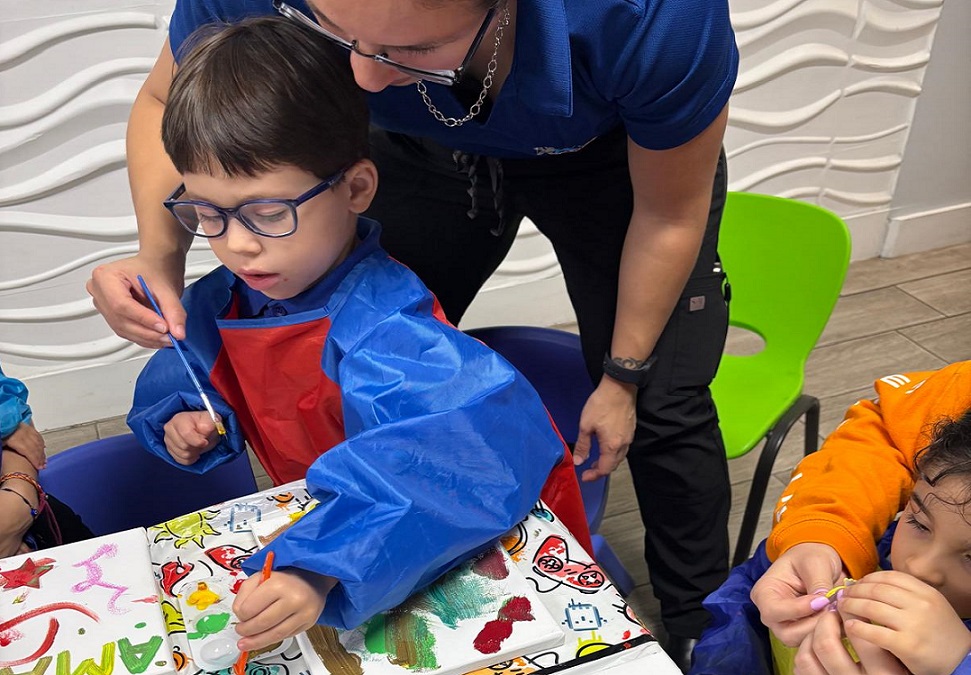
Right now, back-to-school for students with autism is top of mind for thousands of parents of autistic children. And finding the right educational environment isn’t a luxury—it’s a necessity. At Koala ABA & Learning Centers, we recognize this priority, and we meet it with love, respect, and a deep commitment to inclusion.
All our programs are designed to support your child’s development in a comprehensive, individualized way, offering:
- Special Education adapted to every stage of learning.
- Early Intervention therapy to strengthen essential social skills.
- Specialized behavioral support delivered by professionals trained in ABA Therapy.
At Koala ABA & Learning Centers, every small step your child takes is celebrated, and every challenge is met with empathy.
Contact us today and learn how we can help your child grow in this new school year. Give your child a school experience full of new opportunities!
Final Thought: Make Back-to-School a Positive Experience.
A new school year can be a powerful, transformative experience for a child with autism—especially with the right preparation. Remember: the goal isn’t to eliminate every challenge, but to provide your child with the tools to face them with confidence.
Children with autism are capable of incredible adaptation—especially when they feel understood and supported. And that support starts long before the first school bell rings.
Back-to-school for students with autism doesn’t have to be a source of stress. It can be filled with joy, growth, and hope.
Remember: every step you take today is an investment in your child’s confidence and well-being tomorrow.


